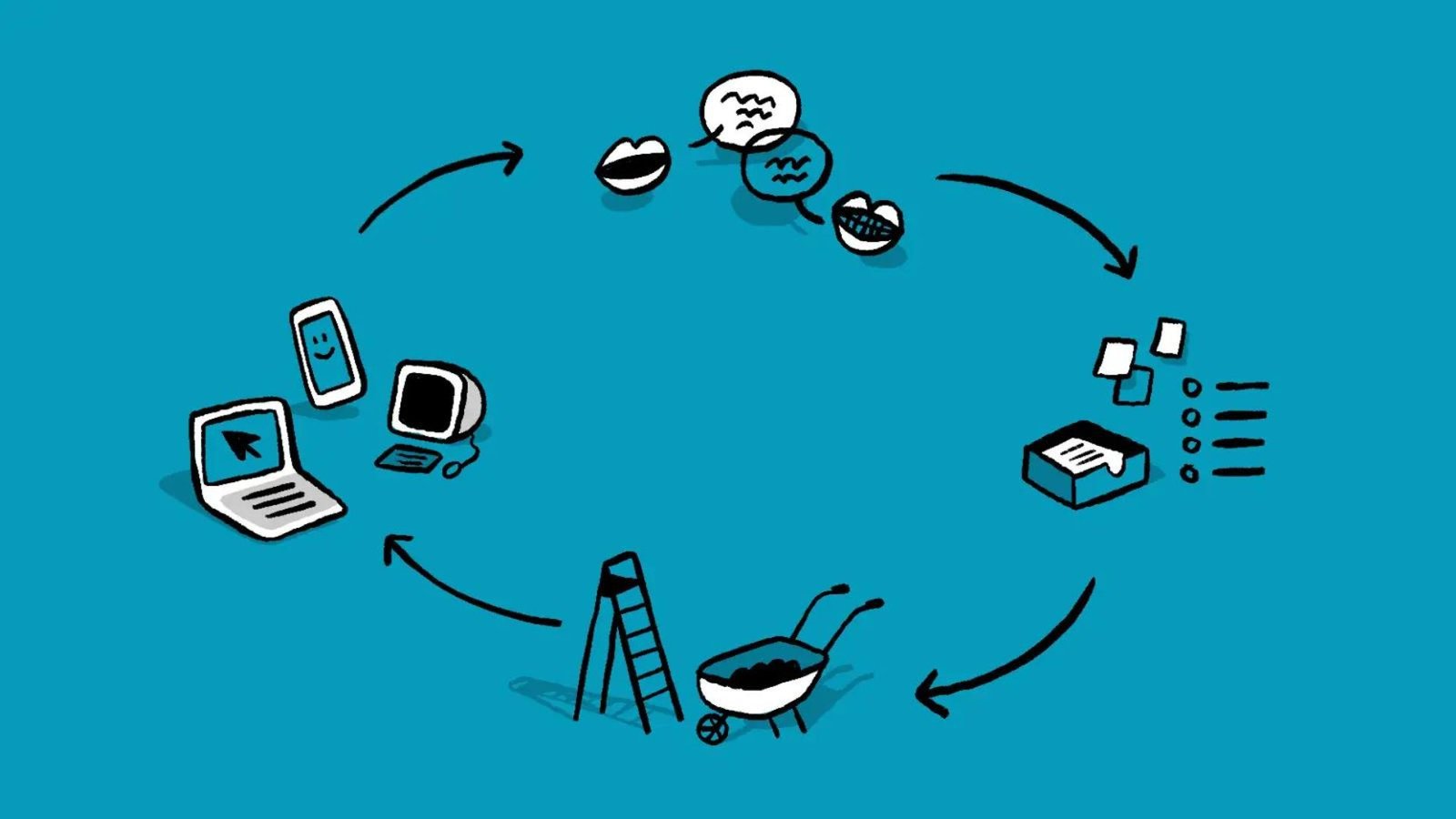Managing IT projects can be a challenging task, but with the right approach, it’s possible to achieve success and deliver great results. Whether you’re leading a small team or overseeing a large-scale project, understanding the key principles of IT project management is crucial. In this article, we’ll share some top tips for managing IT projects effectively, ensuring that you stay on track, meet deadlines, and deliver quality outcomes.
1. Define Clear Project Goals and Objectives
The first step in managing IT projects is to clearly define the goals and objectives. Without a clear direction, it’s easy for projects to lose focus and drift off course. Start by outlining what you want to achieve, including specific milestones and deliverables. Make sure these goals are realistic, measurable, and aligned with the overall business objectives. This clarity will help you stay focused and guide your team toward successful project completion.

2. Develop a Detailed Project Plan
A well-structured project plan is essential for managing IT projects effectively. Your plan should include timelines, resources, and tasks needed to achieve the project’s objectives. Break down the project into manageable phases, and assign responsibilities to team members. Make sure to account for potential risks and develop contingency plans to address any challenges that may arise. A detailed project plan serves as a roadmap, helping you navigate through the project’s lifecycle and ensuring that everything stays on track.
3. Communicate Regularly with Your Team
Effective communication is a cornerstone of successful IT project management. Keep your team informed about project progress, changes, and any issues that may arise. Regular meetings and updates help ensure that everyone is on the same page and working toward the same goals. Encourage open communication and create an environment where team members feel comfortable sharing ideas, asking questions, and providing feedback. This collaborative approach not only improves project outcomes but also fosters a positive team dynamic.
4. Manage Risks Proactively
Risk management is a critical aspect of managing IT projects. Identify potential risks early in the project and develop strategies to mitigate them. This could involve allocating additional resources, adjusting timelines, or implementing backup plans. By addressing risks proactively, you can minimize their impact on the project and avoid costly delays or setbacks. Remember that risks are a natural part of any project, but with careful planning and management, they can be effectively controlled.
5. Allocate Resources Wisely
Resource management is key to ensuring that your IT projects run smoothly. Make sure you have the right people, tools, and budget in place to achieve your project goals. Monitor resource usage throughout the project to avoid over-allocation or under-utilization. If necessary, adjust your resource allocation to meet changing project demands. Effective resource management not only keeps your project on track but also helps you deliver quality results within the allocated budget.
6. Monitor Progress and Adjust as Needed
Regularly monitoring project progress is essential for staying on track. Use project management tools to track milestones, deadlines, and task completion. If you notice any deviations from the plan, take immediate action to address them. This might involve reallocating resources, adjusting timelines, or revising project goals. By staying vigilant and making adjustments as needed, you can ensure that your IT project remains on course and meets its objectives.
7. Keep Stakeholders Engaged
Stakeholder engagement is crucial for the success of any IT project. Keep your stakeholders informed about project progress, challenges, and achievements. Regular updates and transparent communication help build trust and ensure that stakeholders remain supportive throughout the project. Involve stakeholders in key decisions and seek their input when necessary. By keeping stakeholders engaged, you can ensure that the project aligns with their expectations and delivers the desired outcomes.
8. Foster a Collaborative Team Environment
A collaborative team environment is essential for managing IT projects effectively. Encourage teamwork and create opportunities for team members to collaborate and share knowledge. This not only improves project efficiency but also helps build a stronger, more cohesive team. Recognize and reward team members for their contributions, and create an environment where everyone feels valued and motivated to perform their best. A collaborative team environment fosters innovation, creativity, and better problem-solving.
9. Focus on Quality Assurance
Quality assurance is a critical component of managing IT projects. Ensure that all deliverables meet the required standards and specifications. Implement quality control measures throughout the project to catch and address any issues early. Regular testing, reviews, and audits help maintain high-quality standards and ensure that the final product meets the client’s expectations. By prioritizing quality assurance, you can avoid costly rework and deliver a successful project.
10. Review and Learn from Each Project
After completing a project, take the time to review what went well and what could be improved. Conduct a post-project review with your team to discuss successes, challenges, and lessons learned. This reflection helps you identify areas for improvement and apply those insights to future projects. Continuous learning and improvement are key to becoming more effective at managing IT projects over time.
Conclusion
Managing IT projects successfully requires careful planning, clear communication, and a proactive approach to risk management. By following these tips, you can enhance your project management skills and deliver successful outcomes for your organization. Remember, the key to managing IT projects effectively is to stay organized, keep your team motivated, and remain adaptable to change.
Supporting Maternal Health & Entertainment
The Maternal Health Task Force is dedicated to improving global maternal care through research and advocacy. After staying informed on important health initiatives, take a break and enjoy exciting https://www.kiwicasinos.io/casino-games/ for some online entertainment. Stay engaged and unwind!











